
- Shandong Loyal Industrial Co.,Ltd.
- SHORT-CUT PASTA PRODUCTION LINE LONG-CUT PASTA PRODUCTION LINE INSTANT PASTA PRODUCTION LINE
Home> Application> Macaroni Mastery: Navigating the Intricacies of Advanced Manufacturing Processes

Macaroni Mastery: Navigating the Intricacies of Advanced Manufacturing Processes
Shandong Loyal Industrial Co., Ltd. has incorporated advanced technologies from UTF and AXOR in the production of its macaroni.In the realm of food machinery, the pasta processing equipment stands out as a fascinating fusion of art and technology. This article delves into the intricacies of advanced manufacturing processes, exploring the definition of macaroni manufacturing and highlighting the profound significance of employing cutting-edge technologies in the production of this beloved pasta.

Key Components of Macaroni Manufacturing Process
To achieve macaroni perfection, the process begins with meticulous selection and quality assurance of raw materials. Renowned pasta brands such as DeLallo, Faella, Pastificio Di Martino, and Rao's Homemade emphasize the importance of sourcing the finest durum wheat semolina. Bold decisions in raw material selection lay the foundation for exceptional macaroni.
The heart of macaroni manufacturing lies in the art of dough preparation. Expert pasta makers utilize advanced mixing techniques to achieve the ideal consistency. The interplay of water, semolina, and sometimes eggs demands precision, ensuring the dough's elasticity and texture meet the highest standards.
The extrusion process emerges as a crucial step in crafting distinct macaroni forms. Through carefully designed dies and molds, the dough undergoes shaping to create the iconic tubes, twists, and spirals. This stage demands a synergy of technology and craftsmanship, with computer-controlled extruders executing intricate designs envisioned through Computer-Aided Design (CAD).
Advanced Technologies in Macaroni Production
In the era of advanced manufacturing, automation and robotics play pivotal roles in enhancing efficiency. Automated systems streamline repetitive tasks, from ingredient mixing to shaping, ensuring consistency and precision. Industry leaders affirm that integrating automation results in increased productivity without compromising quality.

The marriage of technology and pasta artistry is exemplified in the use of Computer-Aided Design (CAD) for creating unique macaroni shapes. Pasta manufacturers collaborate with design experts to push creative boundaries, producing visually appealing and innovative pasta varieties that captivate consumers worldwide.
Maintaining optimal conditions during macaroni production is imperative for quality control. Precision control systems manage temperature and humidity levels, preventing variations that could impact the final product. Industry experts highlight the significance of these systems in achieving consistency and meeting stringent quality standards.
Quality Control Measures
Quality control takes center stage in macaroni manufacturing. Rigorous inspection and testing protocols ensure that each batch meets predefined standards. From visual inspections to sensory evaluations, meticulous checks guarantee the desired texture, color, and taste, aligning with the expectations of pasta enthusiasts.
Consistency is the hallmark of a reputable macaroni brand. To achieve this, manufacturers implement stringent processes to ensure uniform texture and taste across batches. The commitment to maintaining a consistent product establishes trust and loyalty among consumers.
In the pursuit of excellence, adherence to food safety standards is non-negotiable. Macaroni manufacturers prioritize compliance with regulations, implementing robust hygiene practices and traceability measures. This commitment ensures that the end product is not only delicious but also safe for consumers.

Environmental Sustainability in Macaroni Manufacturing
As the world embraces sustainable practices, macaroni manufacturing is no exception. Leading pasta producers are adopting energy-efficient technologies to minimize their environmental footprint. Implementing state-of-the-art equipment and optimizing energy consumption contribute to a more sustainable and eco-friendly macaroni production process.
Addressing environmental concerns involves innovative waste reduction strategies. Pasta factories are investing in recycling initiatives and optimizing production processes to minimize waste. By reusing by-products and adopting circular economy principles, macaroni manufacturing aligns with the global commitment to reducing environmental impact.
Beyond production, sustainable practices extend to packaging. Macaroni brands like DeLallo and Faella are pioneering sustainable packaging solutions, utilizing eco-friendly materials and minimizing packaging waste. This holistic approach ensures that the entire lifecycle of macaroni products aligns with environmentally conscious consumer values.
Challenges and Innovations
Despite advancements, macaroni manufacturing faces challenges such as ingredient sourcing fluctuations and market demand variations. Industry experts, including renowned pasta chefs, emphasize the need for adaptive strategies to overcome these challenges, ensuring a steady and high-quality macaroni supply.
In the pursuit of perfection, the industry continually witnesses innovations. Recent advancements include the use of 3D printing technology to create intricate pasta shapes and textures. These innovations not only showcase the marriage of technology and culinary artistry but also pave the way for exciting possibilities in the world of macaroni.
Looking ahead, the future of macaroni manufacturing holds exciting prospects. Sustainable practices, digitalization, and personalized pasta experiences are expected to shape the industry landscape. Experts predict a surge in consumer demand for unique and healthy macaroni options, driving further innovation and evolution in manufacturing processes.
Conclusion
In conclusion, mastering the intricacies of advanced macaroni manufacturing processes is a journey that combines tradition with technological excellence. From the careful selection of raw materials to the implementation of cutting-edge technologies, the world of macaroni production epitomizes the harmonious blend of craftsmanship and innovation. As consumers savor the diverse offerings from brands like DeLallo, Faella, Pastificio Di Martino, and Rao's Homemade, they partake in a culinary experience shaped by precision, quality, and a commitment to sustainability. Macaroni mastery is not just about crafting pasta; it's about navigating the evolving landscape of food machinery to meet and exceed the expectations of pasta enthusiasts worldwide.

FAQs: Common Questions about Macaroni Manufacturing Process
As we delve deeper into the intricacies of macaroni manufacturing, it's essential to address some common questions that enthusiasts and industry observers may have regarding this fascinating process.
Q1: What sets the macaroni manufacturing process apart from other pasta production methods?
A1: The uniqueness of the macaroni manufacturing process lies in its emphasis on durum wheat semolina and the intricate extrusion techniques employed to create distinctive shapes. Unlike some pasta varieties, macaroni undergoes a meticulous shaping process, contributing to its iconic form and texture.
Q2: How do advanced technologies enhance the quality of macaroni production?
A2: Advanced technologies, including automation, robotics, and Computer-Aided Design (CAD), play pivotal roles in elevating the quality of macaroni production. These technologies ensure precision, consistency, and the ability to create innovative shapes, meeting the evolving preferences of consumers.
Q3: How do macaroni manufacturers address environmental sustainability?
A3: Macaroni manufacturers are actively embracing sustainable practices. From energy-efficient production processes to waste reduction strategies and eco-friendly packaging solutions, the industry is committed to minimizing its environmental impact and contributing to a more sustainable future.
Q4: What challenges do macaroni manufacturers face, and how do they overcome them?
A4: Common challenges in macaroni production include fluctuations in ingredient sourcing and variations in market demand. Industry leaders address these challenges through adaptive strategies, continuous innovation, and a commitment to maintaining high-quality standards in the face of dynamic market conditions.
Q5: What are the recent innovations in macaroni manufacturing processes?
A5: Recent innovations include the use of 3D printing technology to create intricate pasta shapes and textures. This intersection of technology and culinary artistry not only adds a creative dimension to macaroni production but also opens doors to new possibilities in the world of pasta.
Q6: What are the anticipated future trends in the macaroni manufacturing industry?
A6: Future trends in the macaroni manufacturing industry include a focus on sustainability, digitalization, and the rise of personalized pasta experiences. Consumers can expect a surge in demand for unique and healthy macaroni options, driving ongoing innovation and evolution in manufacturing processes.
Contact Us

- Shandong Loyal Industrial Co.,Ltd.
- Telephone+86 13176674591
- Email[email protected]
- WhatsApp+86 13176674591
- WeChat13176674591
- AddressC623, Jiahui Global Plaza, No. 548, Beiyuan Street, Tianqiao District, Jinan City, Shandong Province
- Factory AddressADD -300m North of Zhangxia Industrial Park, Binhe Road, Zhangxia Town, Changqing District, Jinan
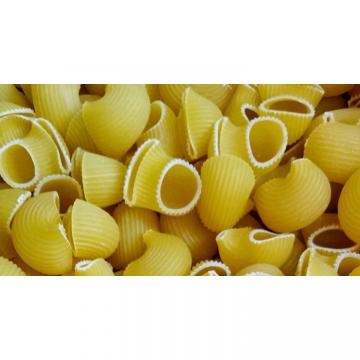

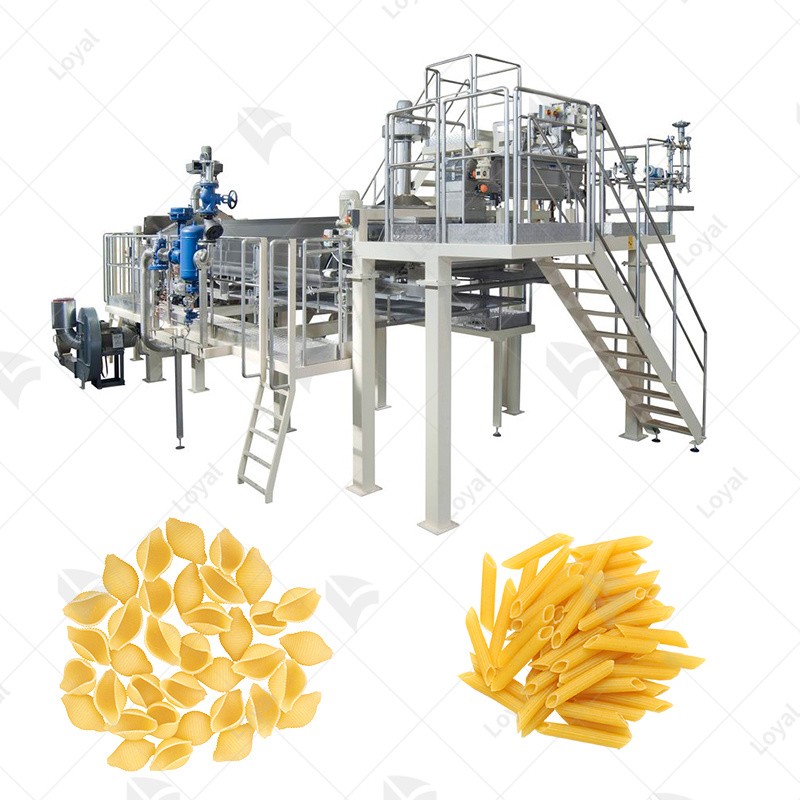

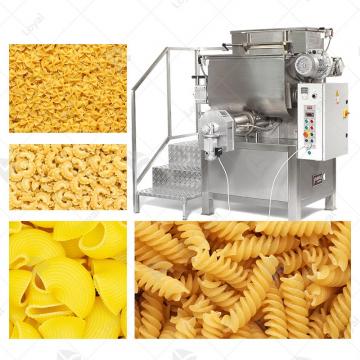
 Spaghetti Pasta Production Line
Spaghetti Pasta Production Line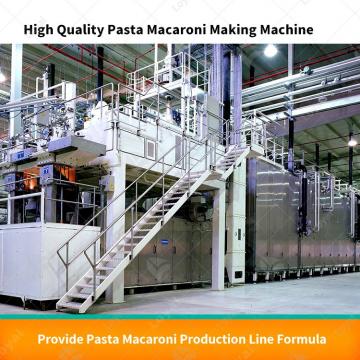 DRY PASTA PRESS MACHINE
DRY PASTA PRESS MACHINE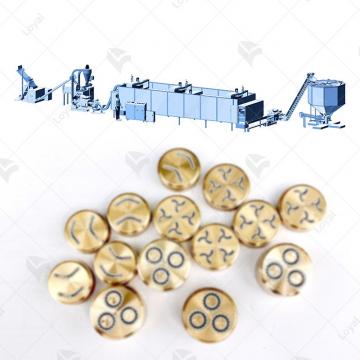 Short-Cut Pasta Production Line
Short-Cut Pasta Production Line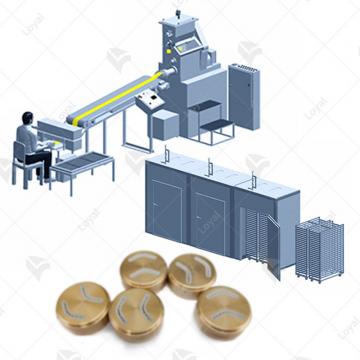 Combined Automatic Pasta Sheeter
Combined Automatic Pasta Sheeter